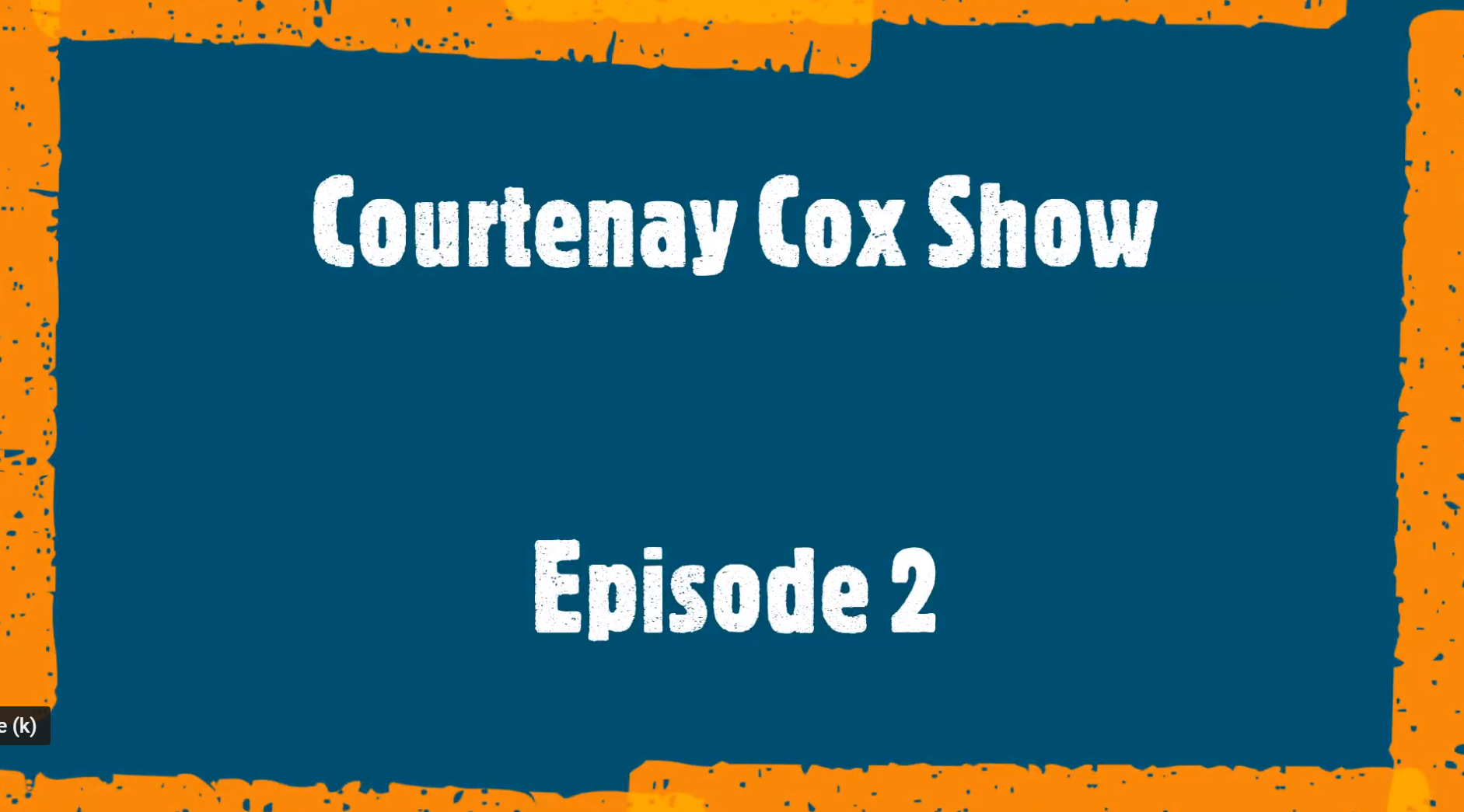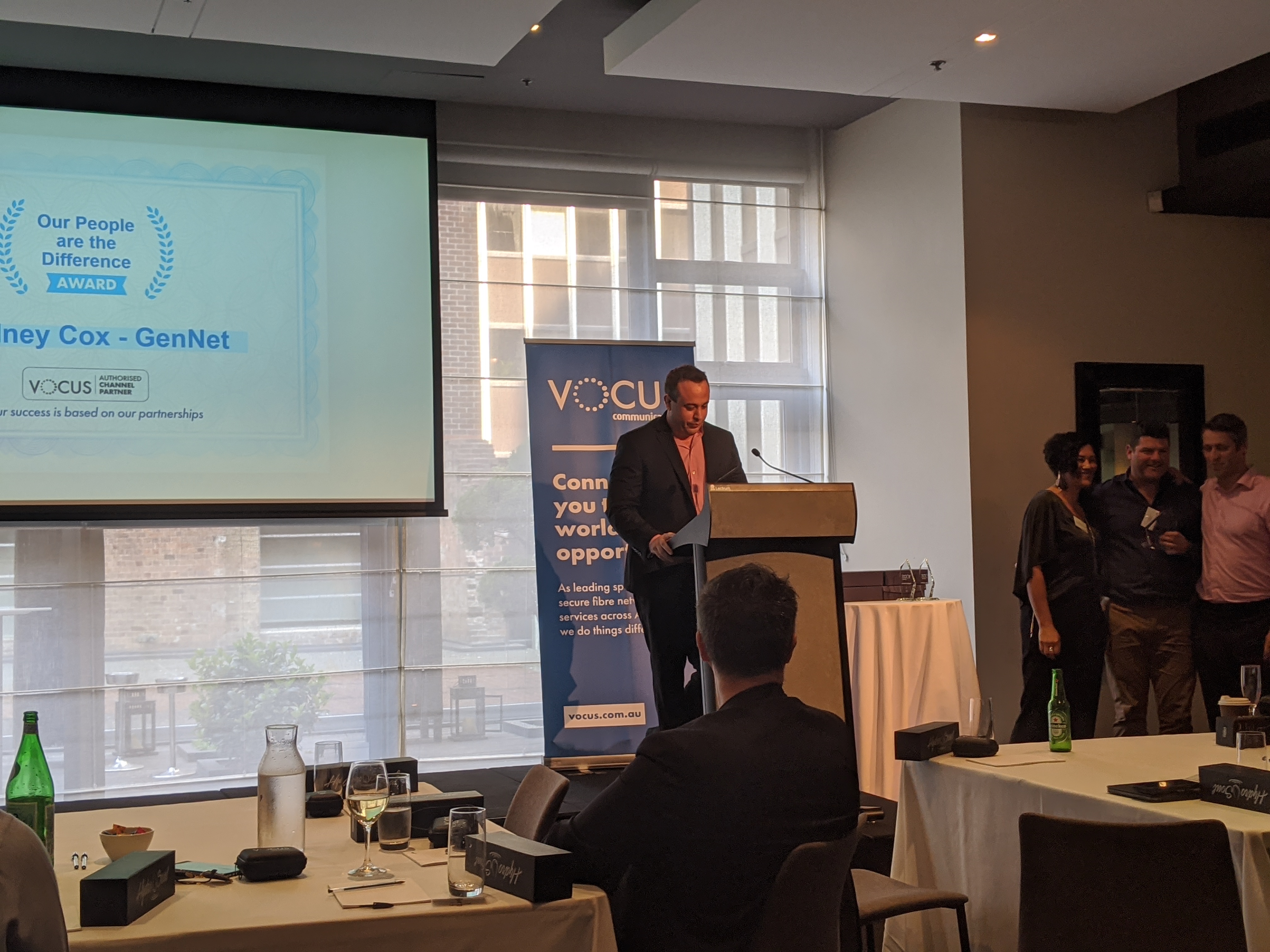Enabling Modern Meetings
Aug
Modern meetings give employees the right tools to share ideas and make decisions seamlessly across locations, environments, and devices. Using the collaboration application Microsoft Teams and the smart meeting-room solution Microsoft Teams Rooms, CSEO modernized meetings across Microsoft and reshaped the collaborative environment into a simple, consistent, and reliable experience for thousands of employees.
At the center of the enterprise productivity wheel lies the employee meeting experience. To work collaboratively, the enterprise workforce requires a connected meeting strategy across all locations, devices, and meeting environments.
Executive leaders aren’t just looking to make meetings functional—they need to make meetings great. A great meeting infrastructure equips all employees with the right tools for sharing ideas, making decisions, and solving problems across disparate locations, environments, and devices. It also ensures these tools work seamlessly together to create a modern meeting experience.
What actually makes a meeting great, though?
The Meeting Experience team within Microsoft Core Services Engineering and Operations (CSEO) explored that question when modernising both our onsite and digital meeting capabilities for Microsoft employees. In fact, the meeting experience was ranked as one of the areas of highest dissatisfaction among Microsoft employees even with an online-meeting and video-conferencing solution in place.
To solve that issue, a simplified, more consistent, and more reliable collaboration platform was necessary. One that offered an integrated solution that supports collaboration needs not just now, but as our workforce habits evolve.
Using Microsoft Teams (Microsoft’s team collaboration application) and Microsoft Teams Rooms (Microsoft’s extended smart meeting-room solution), Microsoft built a comprehensive foundation to support modern meetings.
Three primary factors that create great, modern meetings.
Three core tenets of next-generation meetings
For IT leaders who want to enable more efficient meetings across their workforce, reshaping the meeting experience should be based on three core principles:
1. Offer a simple and productive meeting experience. As the workplace structure evolves, employees need one hub for collaboration that’s easy to access, use, and navigate. Resources remain available before, during, and after meetings so that participants can make choices and share ideas quickly. This increased availability also lets participants act upon content and context without requiring structured meetings.
2. Scale a consistent, comprehensive meeting environment. Great meetings also require consistency across users’ environments. With consistent meetings, employees can expect the same level of collaboration no matter where or how they want to work. The implementation, administration, and support for these meetings can also be managed and deployed simultaneously and cost effectively across every meeting room and device.
3. Maintain a reliable meeting infrastructure. A robust, reliable meeting experience is built on standardized connectivity, performance, maintenance, monitoring, and issue resolution. Moreover, reliability means modern meetings can be scaled on an enterprise level. Reliability also means new upgrades and features can be rolled out to every user, device, and meeting room, without sacrificing any part of the user experience across the organization.
Supporting great meetings ultimately comes down to enabling a collaborative, productive environment for every user and scaling that experience across all rooms, networks, devices, work scenarios, and environments. All of this functionality should be provided while maintaining excellent reliability.






